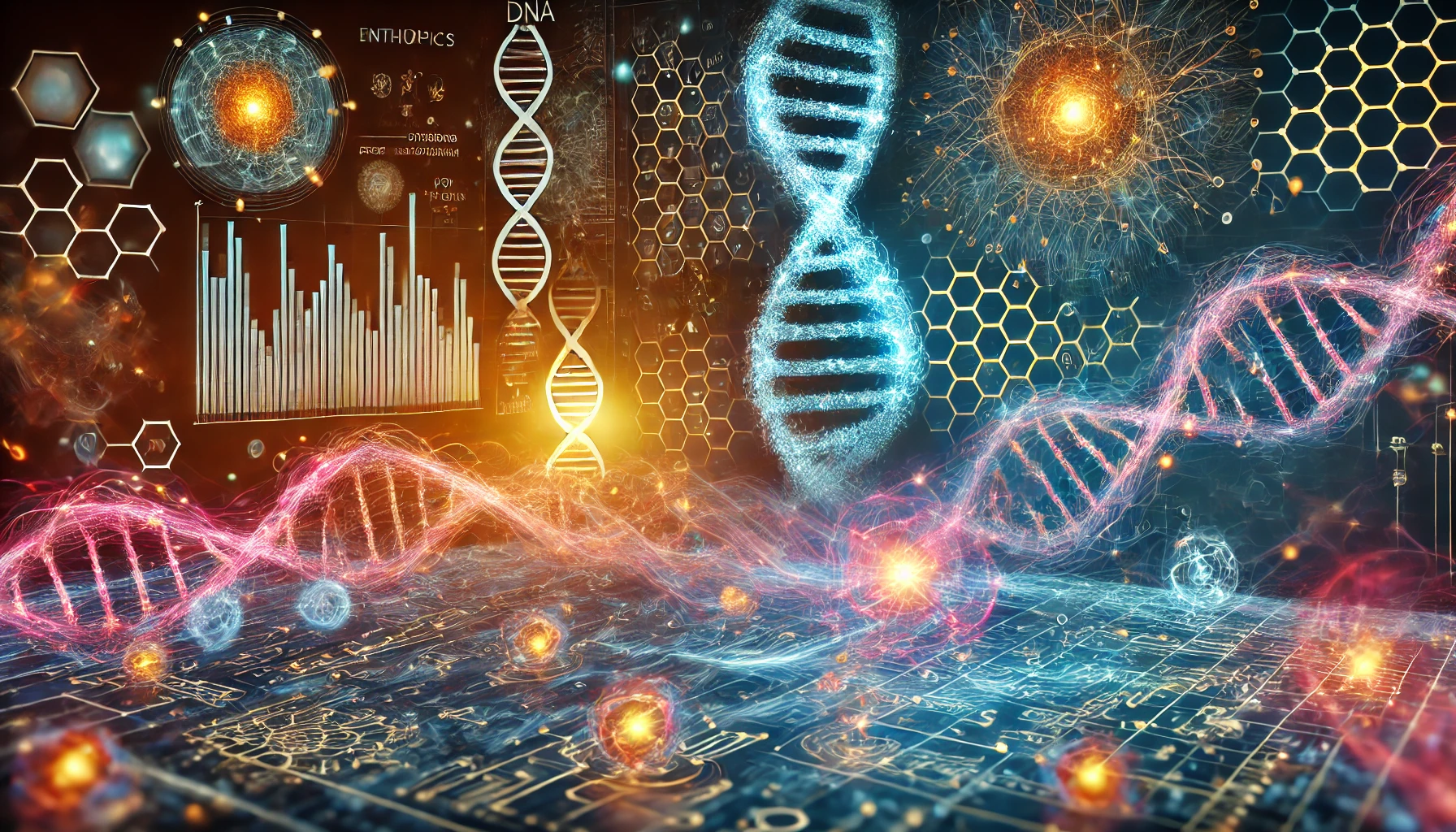For over 25 years, I have been informing people about the health effects of entropic waste, particularly electromagnetic field (EMF) radiation. However, this only scratches the surface of a much deeper issue. The crux of the matter lies in our failure to recognize and prioritize the single most crucial aspect of biology: bioelectrical networks. These networks represent the software of life, orchestrating the myriad processes that sustain living organisms. This report aims to encapsulate the essence of this concept, emphasizing that DNA and genes are not life themselves but constants facilitating field distribution to perpetuate the entropic anomaly known as life.
Understanding Bioelectrical Networks
The Software of Life
Bioelectrical networks are the intricate web of electrical signals and processes that govern cellular functions. These networks are responsible for communication within and between cells, coordinating activities that are essential for life. Unlike DNA and genes, which provide the blueprint, bioelectrical networks are dynamic and responsive, adapting to changes in the environment and maintaining homeostasis.
Beyond the Genome
While the genome contains the instructions for building proteins, it is the bioelectrical networks that determine when and where these instructions are executed. This level of control is crucial for the proper functioning of living organisms. By focusing solely on genetic information, we overlook the real-time regulatory mechanisms that are vital for life.
The Role of DNA and Genes
Facilitating Field Distribution
DNA and genes serve as constants that facilitate the distribution of bioelectrical fields. They provide the structural framework within which bioelectrical networks operate. However, they do not dictate the complex behaviors and responses of living systems. Instead, they work in tandem with bioelectrical signals to ensure proper cellular function and organismal development.
The Entropic Anomaly
Life itself can be viewed as an entropic anomaly, a state of organized complexity that defies the natural tendency towards disorder. Bioelectrical networks play a critical role in maintaining this state by continuously managing and distributing energy within cells and tissues. This perspective shifts the focus from static genetic information to the dynamic processes that sustain life.
Implications for Health and Disease
EMF Radiation and Bioelectrical Networks
The impact of EMF radiation on health is a topic of growing concern. EMF radiation can disrupt bioelectrical networks, leading to a range of health effects. Understanding the interplay between EMF radiation and bioelectrical signals is crucial for developing effective protective measures and treatments.
Medical Advances and Bioelectrical Research
Advancements in medical science increasingly point to the importance of bioelectrical networks. Research into bioelectrical signaling has the potential to revolutionize our approach to diagnosing and treating diseases. By targeting the underlying bioelectrical disturbances, we can develop more precise and effective interventions.
The Need for a Paradigm Shift
From Gene-Centric to Network-Centric Biology
To truly understand life, we need to move beyond the gene-centric model of biology. This shift requires recognizing the primacy of bioelectrical networks and their role in regulating genetic information. Embracing this network-centric perspective will enable us to uncover new insights into the nature of life and develop innovative approaches to health and disease.
Integrative Approaches to Biology
An integrative approach to biology considers the interactions between genetic, bioelectrical, and environmental factors. This holistic perspective is essential for addressing complex biological phenomena and developing comprehensive strategies for health and well-being.
Conclusion
The essence of life lies not in DNA and genes alone but in the dynamic bioelectrical networks that orchestrate biological processes. Recognizing and prioritizing these networks is crucial for advancing our understanding of biology and improving health outcomes. By embracing this perspective, we can move towards a more accurate and holistic view of life, ultimately leading to more effective and innovative solutions in science and medicine.








